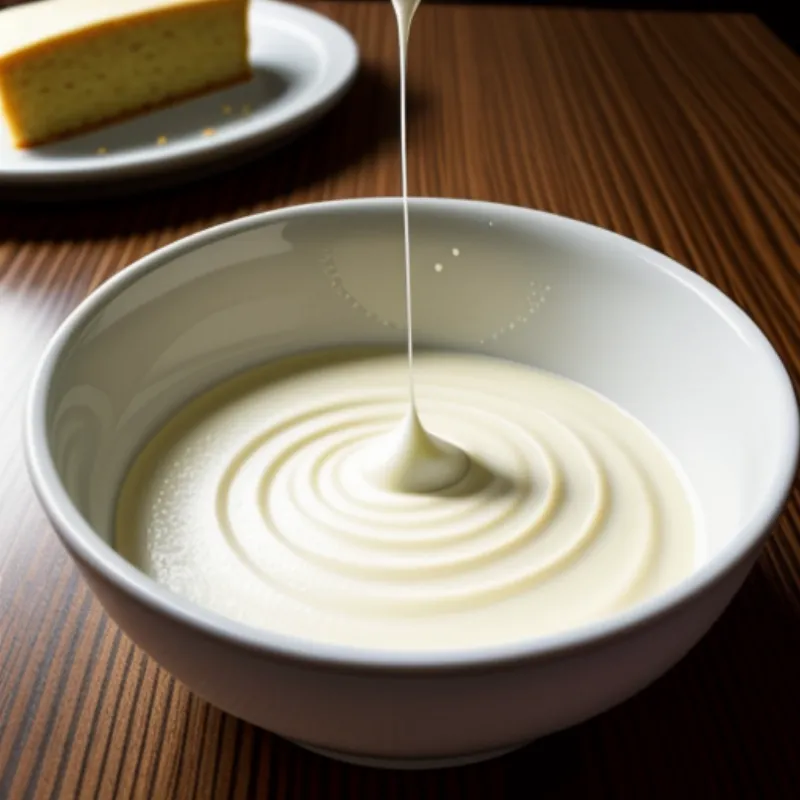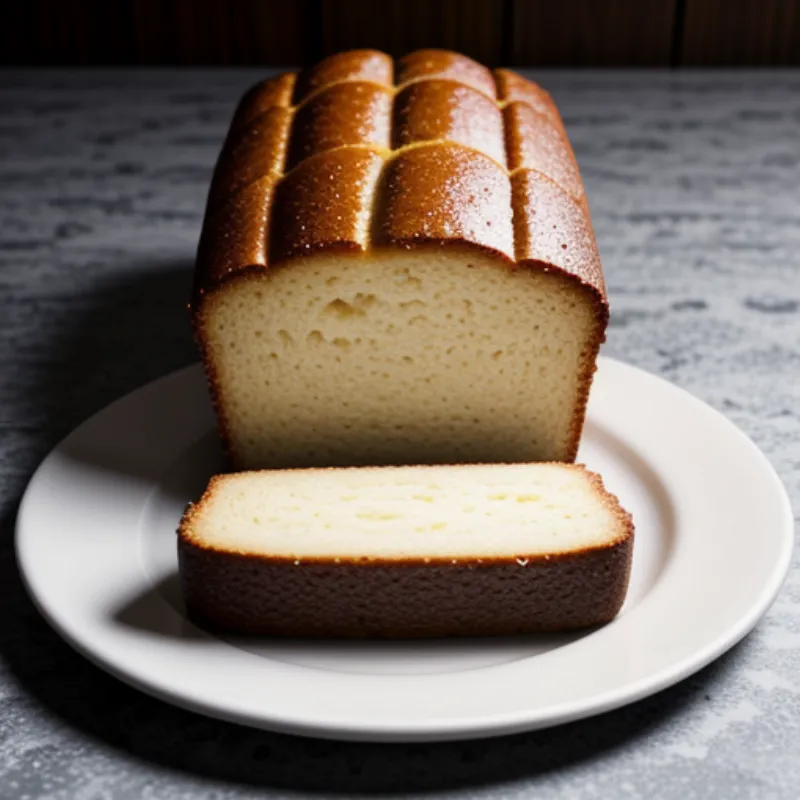The Madeira cake: a timeless classic that embodies the warmth and comforting essence of home baking. With its golden crust, soft crumb, and subtle citrusy sweetness, it’s a delightful treat on its own or the perfect companion to a cup of tea. Whether you’re a seasoned baker or just starting your baking journey, this recipe will guide you through making a Madeira cake that is sure to impress. Let’s dive in and uncover the secrets to baking this beloved classic.
Unearthing the History and Flavors of Madeira Cake
The Madeira cake, despite its name, doesn’t hail from the Portuguese island of Madeira. It originated in Britain and is believed to have gained its name from its common pairing with Madeira wine, a fortified wine produced in Madeira. The wine’s rich flavor profile complemented the cake’s buttery and citrusy notes, making them a match made in culinary heaven.
Ingredients You’ll Need for Baking Bliss
Here’s everything you need to embark on your Madeira cake adventure:
- 225g (1 cup) unsalted butter, softened
- 225g (1 cup) granulated sugar
- 4 large eggs
- 275g (2 1/4 cups) all-purpose flour
- 2 tsp baking powder
- 1/2 tsp salt
- Zest of 1 lemon
- 3 tbsp milk
Optional Ingredients for Extra Zest:
- 1 tsp vanilla extract
- 1/4 tsp almond extract
Essential Tools for Baking Success
Gather these tools before you begin to make your baking experience a breeze:
- Two 8-inch round cake pans
- Parchment paper
- Electric mixer (stand mixer or hand mixer)
- Spatulas (rubber and offset)
- Measuring cups and spoons
- Cooling rack
Step-by-Step Guide to a Perfect Madeira Cake
-
Preparing the Pans: Grease and flour two 8-inch round cake pans. Line the bottoms with parchment paper for easy cake removal later.
-
Creaming for Lightness: In a large bowl, cream together the softened butter and granulated sugar until the mixture is light and fluffy. This step incorporates air into the batter, resulting in a lighter cake.
-
Adding Eggs: Beat in the eggs one at a time, mixing well after each addition. Ensure the eggs are at room temperature for better incorporation into the batter.
-
Incorporating Dry Ingredients: In a separate bowl, whisk together the flour, baking powder, and salt. Gradually add the dry ingredients to the wet ingredients, mixing on low speed until just combined. Avoid overmixing, as it can lead to a dense cake.
-
Adding Citrusy Zest: Fold in the lemon zest. The zest adds a refreshing citrus aroma and flavor that balances the sweetness of the cake.
-
Adjusting Batter Consistency: If the batter seems too thick, add 1-2 tablespoons of milk to achieve a smooth and pipeable consistency.
-
Dividing and Baking: Divide the batter evenly between the prepared cake pans. Bake in a preheated oven at 180°C (350°F) for 30-35 minutes or until a wooden skewer inserted into the center comes out clean.
-
Cooling and Serving: Allow the cakes to cool in the pans for 10 minutes before inverting them onto a wire rack to cool completely. Once cooled, dust with powdered sugar or frost as desired.
 Madeira cake batter in a bowl
Madeira cake batter in a bowl
Tips and Tricks for Madeira Cake Mastery
- Room Temperature Ingredients: Ensure all ingredients are at room temperature before starting. This helps them blend together more easily, resulting in a smoother batter.
- Don’t Overmix: Overmixing the batter can develop gluten, leading to a tough and chewy cake. Mix only until the ingredients are just combined.
- Testing for Doneness: To check if the cake is baked through, insert a wooden skewer or toothpick into the center. If it comes out clean or with a few moist crumbs attached, the cake is done.
- Proper Cooling: Let the cake cool in the pan for a few minutes before inverting it onto a wire rack. This prevents the cake from breaking apart.
- Storage: Once completely cool, store the Madeira cake in an airtight container at room temperature for up to 3 days.
FAQs: Addressing Your Madeira Cake Queries
Q: Can I use self-rising flour instead of all-purpose flour?
A: It’s best to use all-purpose flour and add baking powder separately for this recipe. Self-rising flour contains varying amounts of leavening agents, which may affect the cake’s texture.
Q: Can I substitute lemon zest with other citrus fruits?
A: Yes, you can use orange zest or lime zest for a different citrus flavor profile. You can also add a teaspoon of vanilla extract for a warm and fragrant twist.
Q: Can I freeze Madeira cake?
A: Absolutely! You can freeze Madeira cake for up to 3 months. Wrap it tightly in plastic wrap and then in aluminum foil before freezing. Thaw overnight at room temperature before serving.
Conclusion: Enjoy the Fruits of Your Baking Labor
The Madeira cake, with its rich history and simple elegance, is a testament to the joys of home baking. Its versatility allows for endless variations, making it a canvas for your culinary creativity. So gather your ingredients, put on your apron, and experience the magic of baking this classic treat.
 Sliced Madeira cake on a plate
Sliced Madeira cake on a plate
We’d love to hear about your Madeira cake adventures! Share your baking experiences, tips, and photos in the comments below. And for more delicious recipes and baking inspiration, browse through our website’s [internal_links] treasure trove of culinary delights!
